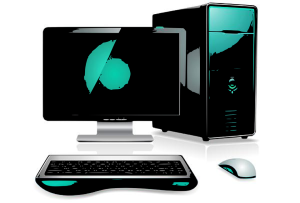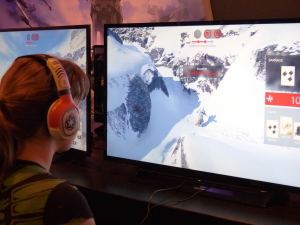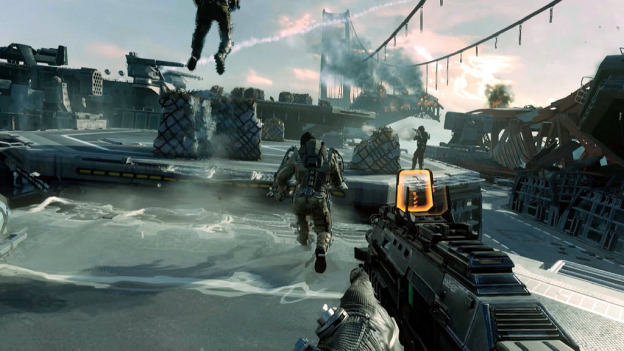Video gaming take you to places you’ve never been or worlds that only exist in the imagination. It lets you live the life of a warrior or a fighter jet pilot or even your favorite racecar driver. All this is enjoyed in its best when viewed from a good gaming monitor. While some few myths may have gotten you along, you will discover truths about monitors in this read that will help you make an informed decision on your next purchase.
Aspect Ratio
 Aspect ratio plays a role in the size of the image you get. There is the standard size of 16:9 and this ratio means that the images you get are sized at the height of 16 to a width of 9. The best gaming monitors have a ratio of 21:9, which will give you a well-balanced image. So, if you can afford this monitor, it is the best to go for it.
Aspect ratio plays a role in the size of the image you get. There is the standard size of 16:9 and this ratio means that the images you get are sized at the height of 16 to a width of 9. The best gaming monitors have a ratio of 21:9, which will give you a well-balanced image. So, if you can afford this monitor, it is the best to go for it.
Size Does Matter
When looking for a monitor, it is said that the bigger, the better. This goes in some aspects. Larger screens have the potential of having high aspect ratios but do need greater resolution and a higher refresh rate. They are also much more expensive. However, if money and space are no issues, then they are the better option.
Get The Right Panel
If you are planning to buy the best gaming monitor, you should aim for a panel that can refresh quickly. A panel is like an engine to the monitor. It dictates how fast the monitor can refresh the image, how sharp the color you will get, as well as the viewing angles you will get. There are three dominating panels in the market; TN, VA and IPS panels. For the gamer, the TN panel works best as it has the fastest refresh time and is the most affordable. The fast refresh time means the image does not lag behind the game and you can react in real time.

Check The Refresh Rate
The refresh rate, as stated above determines how many times the screen refreshes. While getting the right panel has you sorted out on the update rate, be sure to counter-check that it is at 60 frames per second. This is because any monitor that has a lower refresh rate than 60 frames per second is going to limit the graphic processing unit you get. To be safe, get a screen that refreshes 144 times per second.
Screen Syncing Abilities
Screen syncing is when the refresh rate comes together correctly with the frames per second. Frames per second refer to the number of times your computer is able to load the changing frames. The faster its ability, the crisper the image is. This, however, has to go along with the refresh rate. When they do not, screen tearing occurs where the image is not well formed. This is where syncing comes into play. G-Sync and Freesync are hardware and software built into the monitor to help it to sync the frames per minute to the refresh rate.

